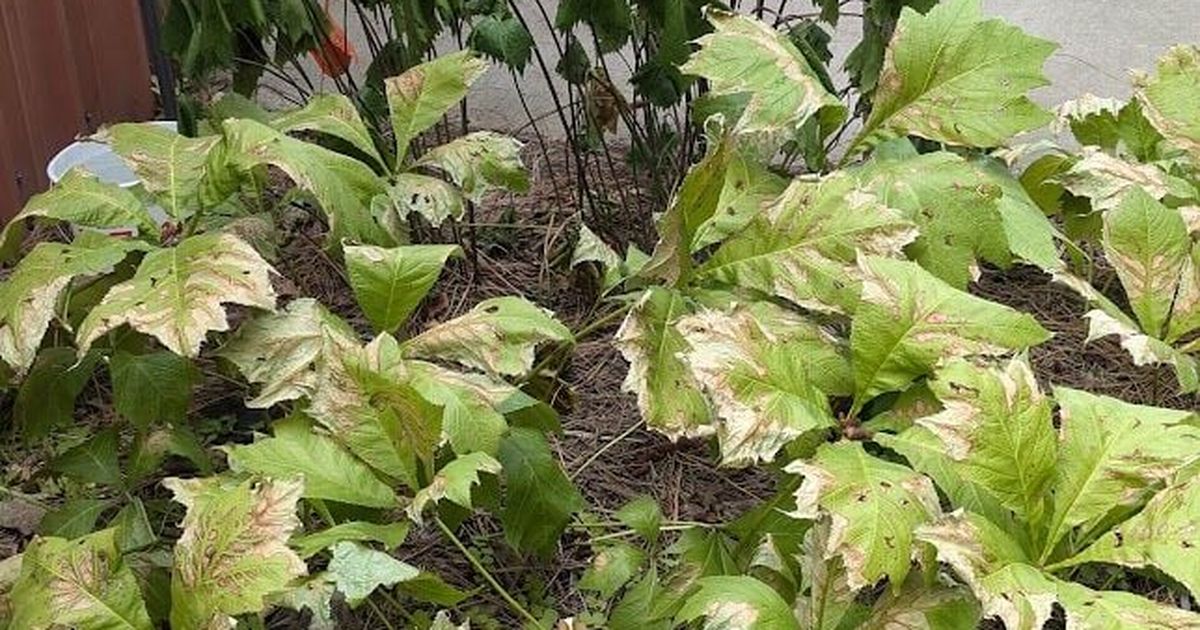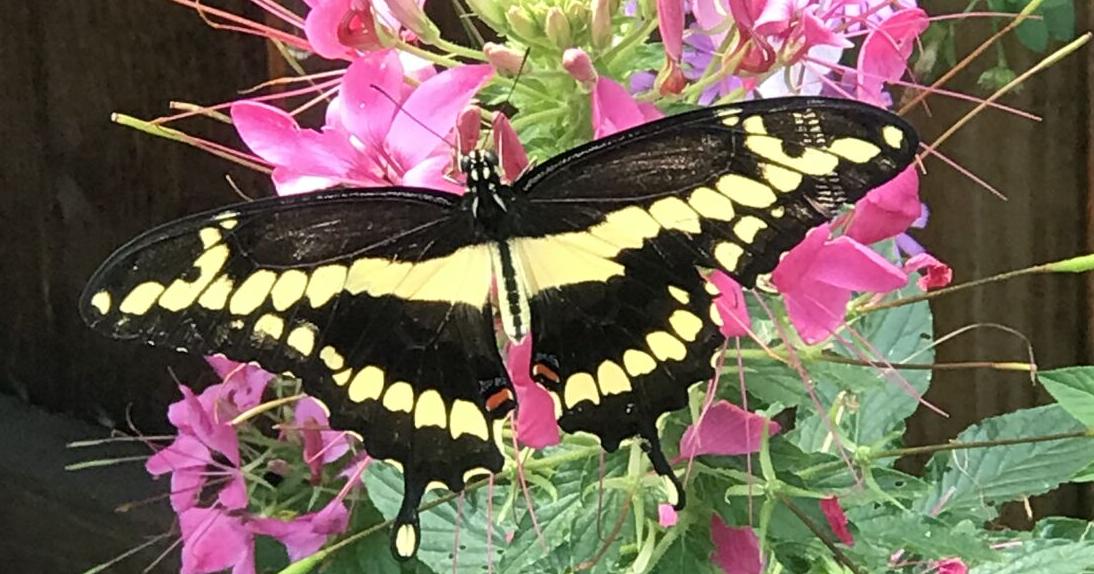I hope the extended weather forecast I’m looking at isn’t a joke.
By the time you are reading this, we might be back in the mid-80s . It’s been a long, hot three weeks, and we aren’t done with the hot part of the summer.
The cooler temperatures will let our plants recover a bit. In this interlude, give your plants a deep soaking to get water to the bottom of the roots.
It’s better to run your sprinklers for an hour twice to three times a week than to run them every day for 15 minutes in this heat. Use spot sprinklers on areas you know tend to be dry. Check sprinkler heads to make sure they aren’t plugged, broken or blocked by sod or foliage.
The best times to water are after 5 p.m. and before 10 or 11 a.m. Watering during the heat of the day means losing some of the water to immediate evaporation. You can water overnight here because our low humidity doesn’t encourage diseases found elsewhere in the country.
Hold off on fertilizing lawns until September. Grass goes dormant when it gets really hot, meaning it is not using up the nutrients. Cut your lawn no shorter than 3 inches during the heat. The longer blades shade the soil and help maintain soil moisture and healthy roots.
Some vegetable and berry plants are suffering in the heat. As with other plants, water them deeply and then mulch the soil with compost, clean grass clipping, or shredded leaves or pine needles to retain moisture. Raspberries and blueberries are producing fruit and need extra water to keep the berries from drying on the plants.
Several vegetable varieties don’t set fruit when temperatures exceed 90 degrees. Tomatoes, peppers, eggplant, summer squash and zucchini either drop their flowers when it gets hot or aren’t pollinated properly because the bees are home keeping their hives cool.
In some cases, fruits that do develop are small and misshaped. This is prime time for tomato blossom end rot to develop. Inconsistent watering creates a calcium imbalance in the soil and that causes the brown spot on the bottom of the tomato.
A good way to tell if perennial beds need extra water is to observe which plants remain droopy into the evening. Many plants will wilt slightly in the direct sun because their roots can’t keep up with the water lost by their leaves, but they recover in the evening. I have several ligularia plants around my garden that occasionally don’t spring back, telling me it’s time for some extra water in that spot.
Trees will also react to hot weather by shedding leaves they can’t support in the heat. Evergreens like arborvitae that have shallow roots need deep watering before they begin to turn brown, especially if they are crowded together in a hedge. Laying out soaker hoses and letting them run all night will help revive them.



:max_bytes(150000):strip_icc()/GreenBlue84byFarrowBall-6774d582ab9748c29fad4b4b902b8317copy-350e14d3e2b8488e951ac03dfd76ca0f.jpg)





